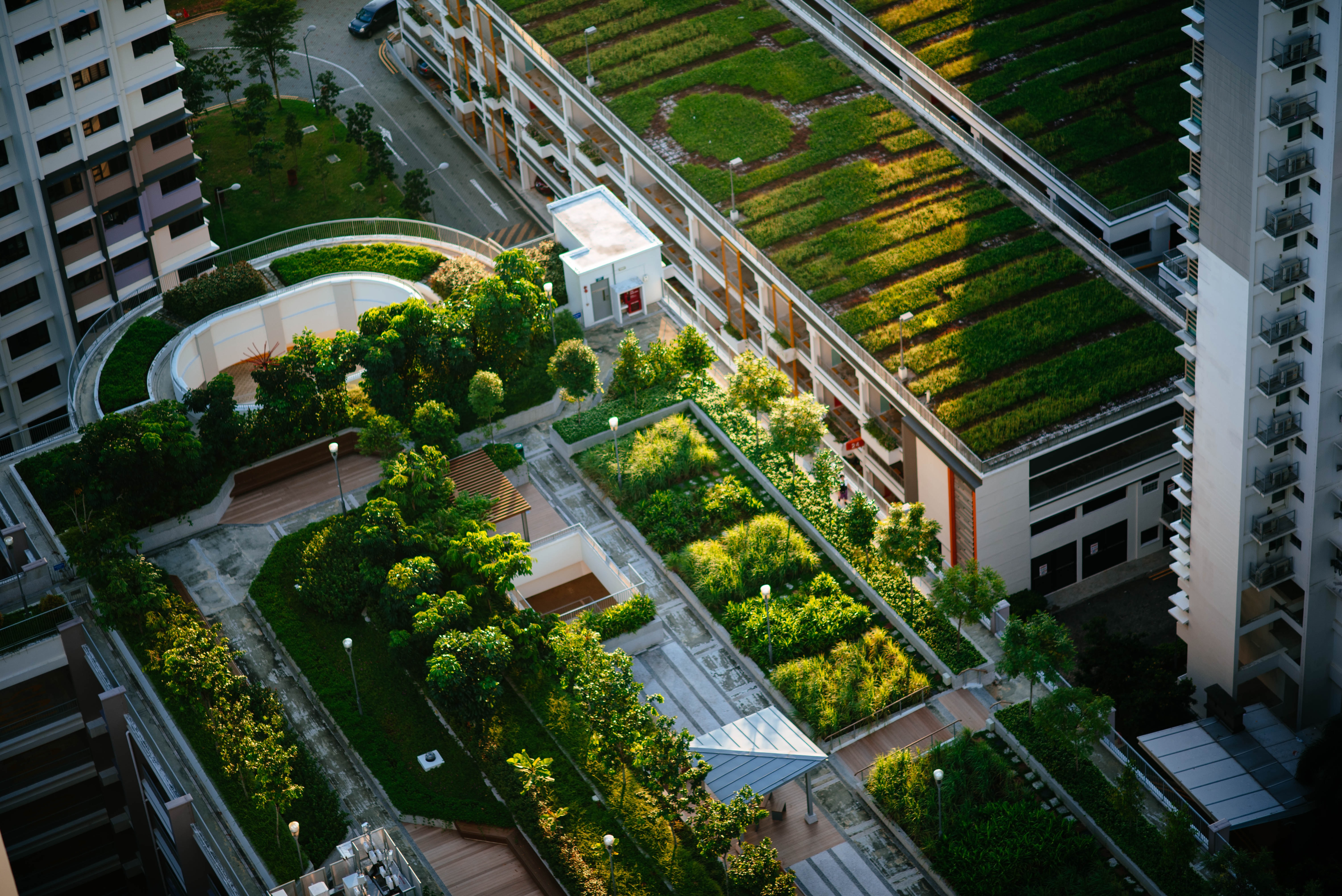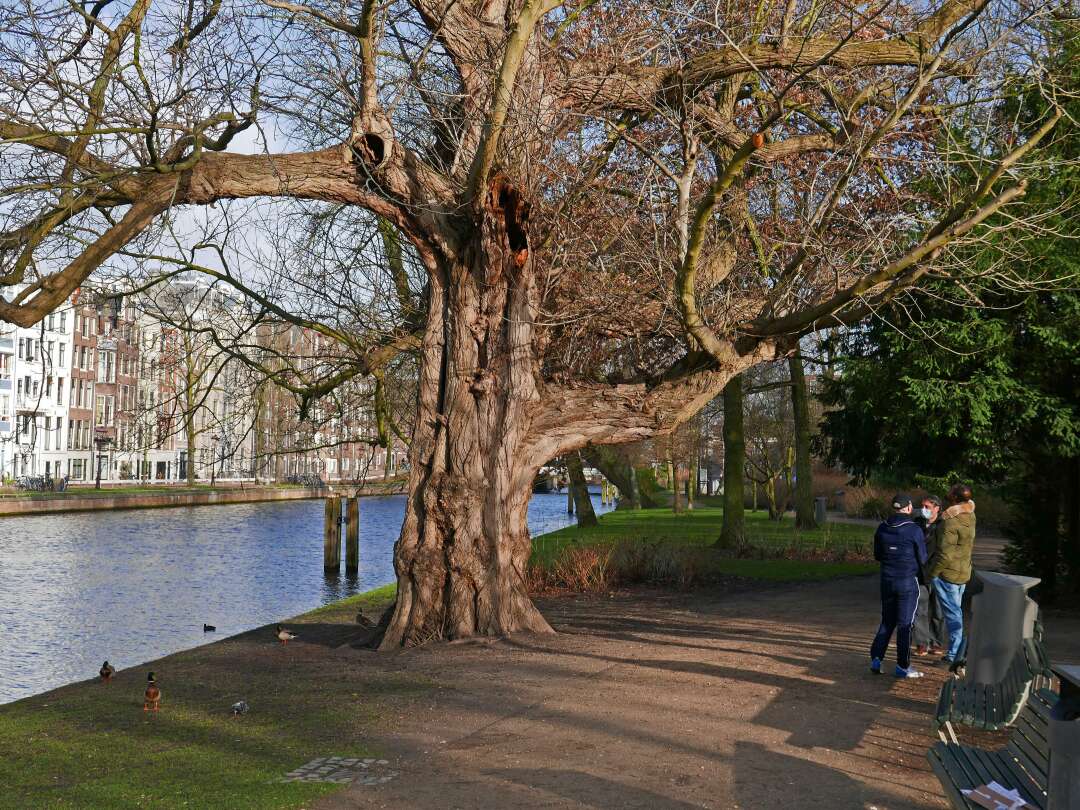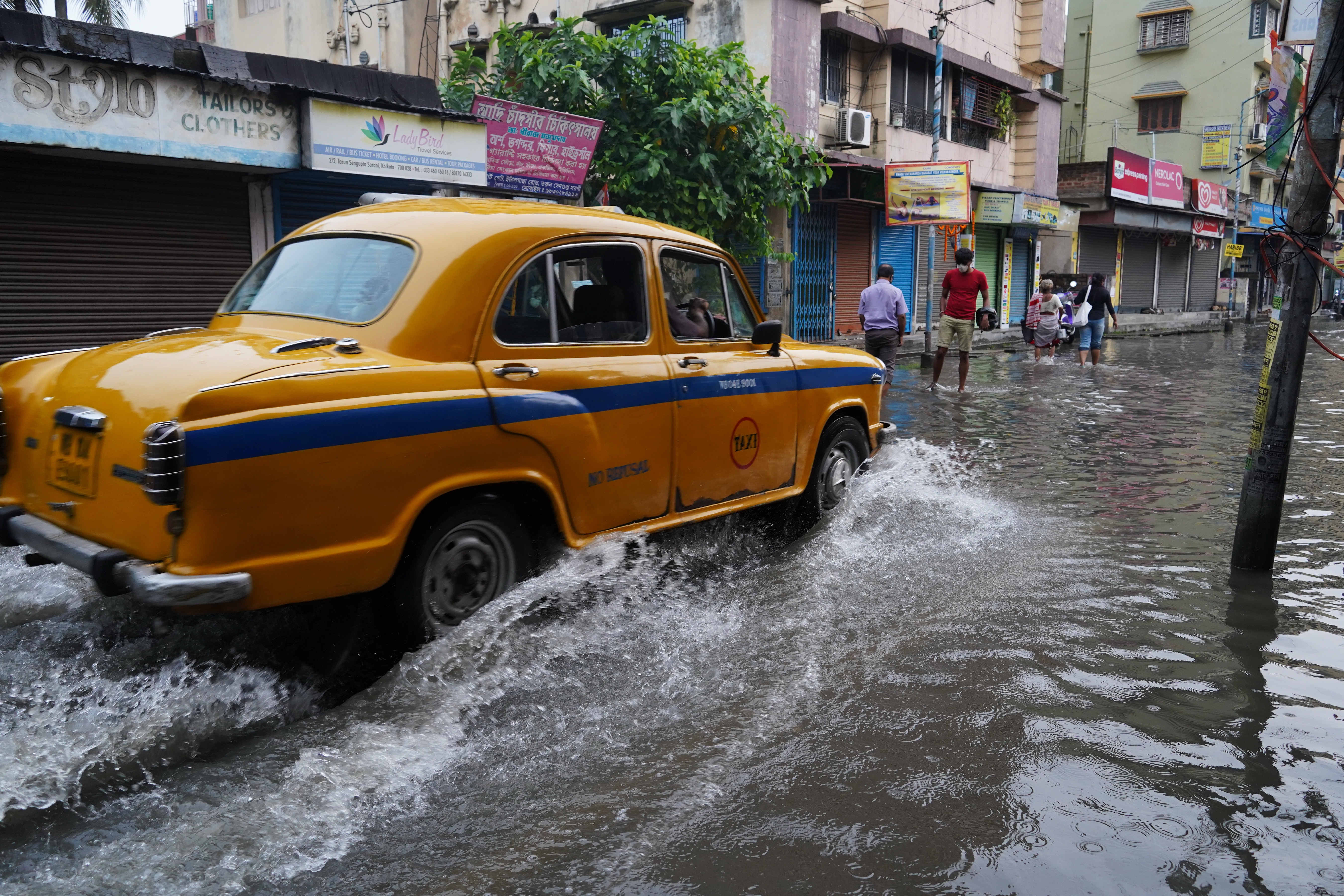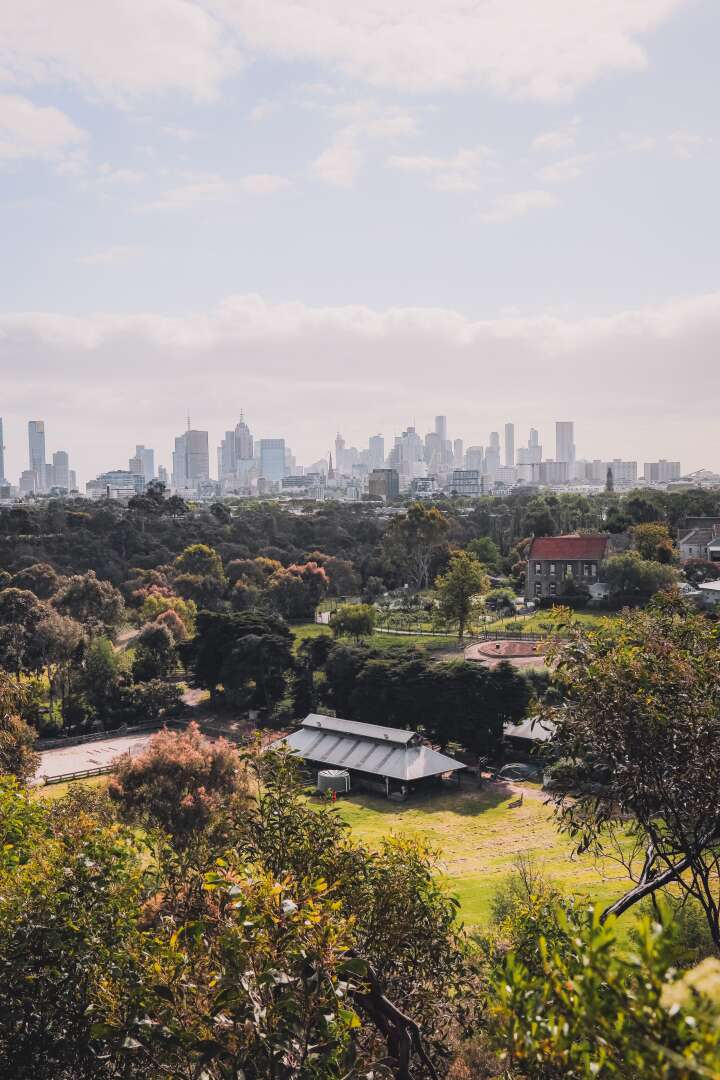Agropolitan Seed Town
Rapid urbanisation is a growing threat to the environment and food security across Asia. Cities are sprawling at unprecedented rates, consuming fertile agricultural land as they do so. On the other hand, there is a massive demand in the housing market for more affordable living on the city’s outskirts that needs to be met.
This is why many developers acquire farmlands and turn them into low-rise, single-family housing real estate. These developments usually consume a large footprint due to their low density.
Yet in Monsoon Asia, the rural does not immediately give way to the urban, and instead, a hybrid rural-urban typology emerges.
Protect the existence of adjacent rice fields and farmland, and even add more productivity and liveability to the current peri-urban area of the city: These are possible suggestions for a new settlement model desirable for the residents, farmers, developers, and local government.
We call this innovative prototype settlement: the ‘Agropolitan Seed Town’. Within a bioregional development framework, it integrates high-density, mixed-use eco-neighbourhoods, vertical gardens, community-supported farms, and mobile produce markets. The Seed Town showcases innovative biomaterials, decentralised technology, and blue-green infrastructure, which adds value without damaging the environment. Working with a renowned local developer in Indonesia, a 1:1 scale urban design model has been built on a 14-hectare site in the municipality of Cikarang, West Java, 40 km from downtown Jakarta.


 Sustainable Development Goals
Sustainable Development Goals






